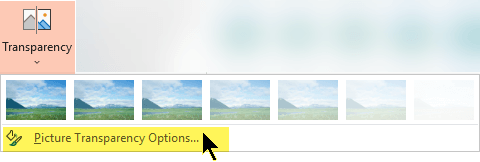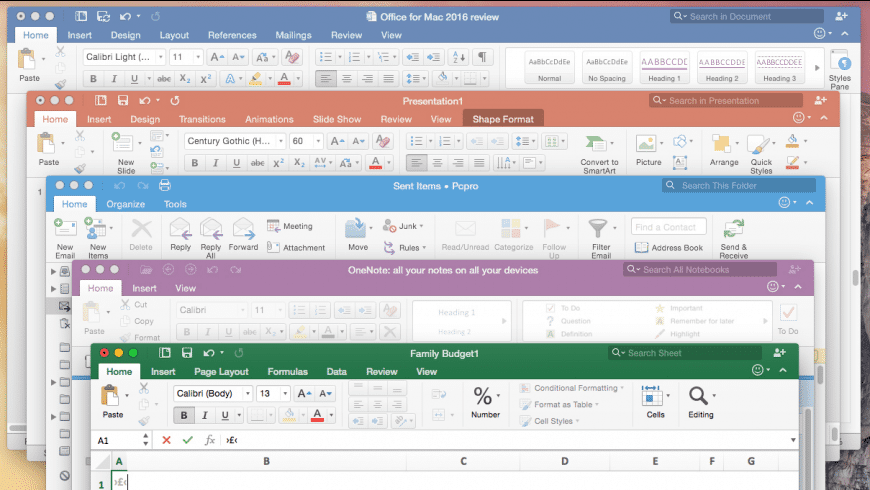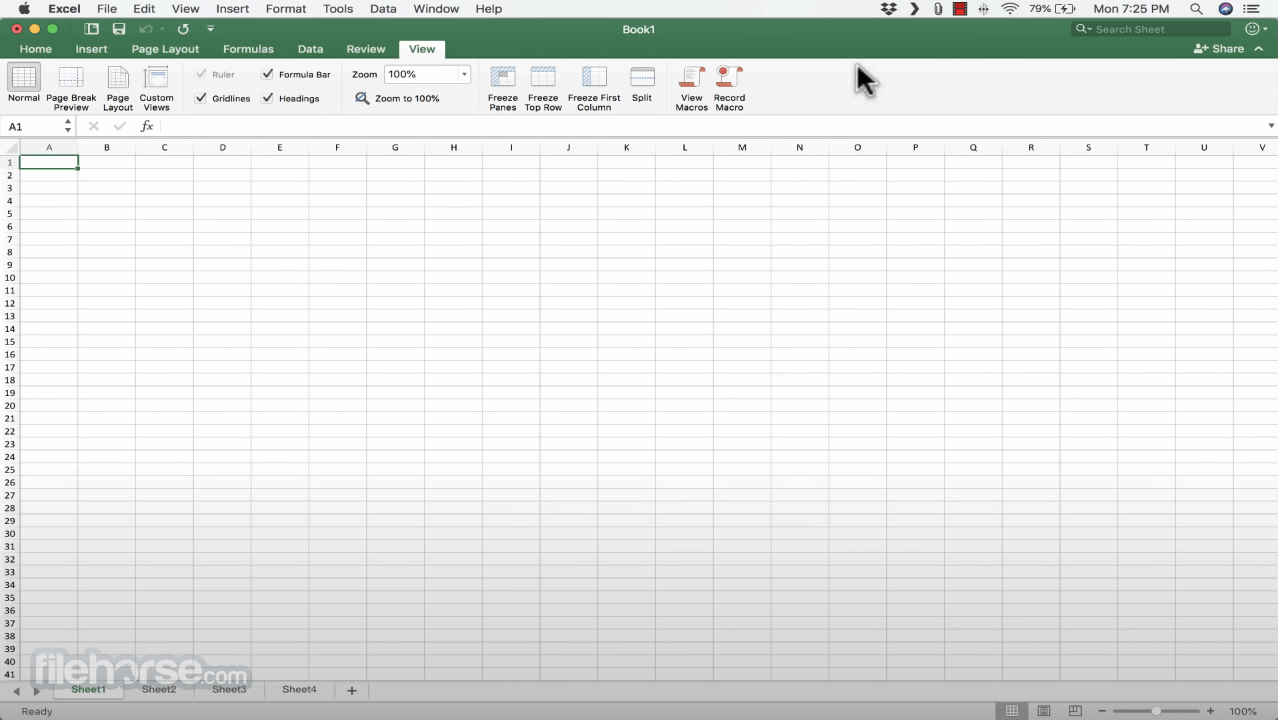


OR: Use the Shape Fill color: White, Background 1, Darker 5% (just below full white on the color selector. Here’s the light-blue colored shape (left) compared to the picture we’ll be masking (right). The edge that’s left will (hopefully) not show on the masked image. A faint color because Office’s ‘Set Transparent Color’ doesn’t completely convert the shape to transparency. Insert a Shape with a faint solid fill color that will blend with the picture you’ll be masking. Office 365/2019 Icons or other SVG graphic can also be used.Įdit options for SVG Icons in Office 365/2019 Fill Color and Outline Start by inserting a shape Insert | Illustrations | Shapes where you’ll see the same/similar choices that are in Crop to Shape. There’s a few tricks and traps along the way … Make a Shape or Icon

Finally overlay the shape/picture on the image you want to mask. In short: convert a shape to picture, then use ‘Set Transparent Color’ to make part of the shape transparent. This method has more steps but lets you move the picture and shape around to get exactly the look you want. We’ve already explained two simple ways to crop a photo to a shape or fill a shape with some options to move and resize each element.
MICROSOFT WORD FOR MAC CHANGE OPACITY OF IMAGE HOW TO
Here’s how to mask a photo with any Microsoft Office shape or icon and do it with full control over what appears from the original image. Thanks for joining us! You'll get a welcome message in a few moments.


 0 kommentar(er)
0 kommentar(er)
